Do not worry about coffee producing areas with pesticides-- guidelines for the selection and purchase of Ethiopian Coffee
For professional baristas, please follow the coffee workshop (Wechat official account cafe_style)
Coffee is already a necessary drink for many people every day. If there are pesticide residues in coffee, it will be harmful to human health if it accumulates for a long time. Therefore, consumers with a sufficient budget will specialize in buying organic or sustainable coffee beans, but if the budget is insufficient, don't they have to take care of their health? That's right! In fact, there are several producing areas in the world that almost do not use pesticides. Hey, hey, the petty bourgeoisie can also enjoy coffee at ease!
Today, the editor will first reveal to you a producing area that does not use pesticides, that is, the famous Ethiopia! Why do Ethiopian producing areas not need to use pesticides? Let me answer your doubts one by one.
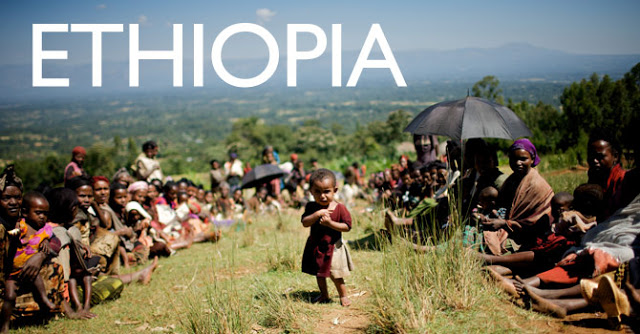
Ethiopian coffee has a global market share of 5% and is the fifth largest coffee producer in the world. This is where the familiar Arabica coffee originated, and Ethiopia also has the most diverse variety of coffee. There are so many native species that the number of people is unknown, and it is estimated that there are 6,000 to 7,000 unknown varieties of coffee.
Ethiopia itself has many high mountains, which are tropical cloud forests, and coffee is mainly grown on the plateau. The largest number of rainforest is tall trees, coffee trees with these trees as canopy, fallen leaves as root nutrients, enjoy an excellent growing environment. On the other hand, the temperature at high altitude is lower, so there are fewer insect pests, less pesticides are needed, and the ripening rate is slower, so coffee trees can take longer to absorb nutrients.
(yes ~ just like the cabbage grown on the mountain will be very sweet and crisp, exactly the same reason ~)
The diversity of the original species of coffee, after long-term elimination, natural hybridization, so strong resistance, where does the need for pesticide protection? Although the amount of coffee produced in Ethiopia is huge, 98% of the coffee growers are small farmers, with a total of about 700000 households. The economic situation of small farmers is poor and local infrastructure is inadequate, so even if they want to buy pesticides, it is not as easy as in advanced countries.
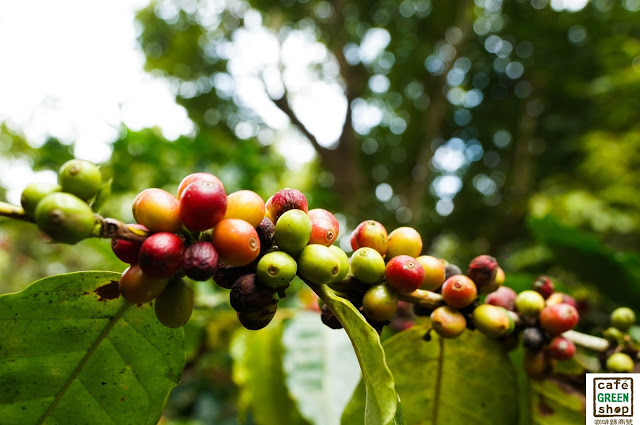
After understanding the reasons why Ethiopia does not need pesticides, the editor will also sort out the coffee characteristics of various Ethiopian coffee producing areas as a small guide for you to buy coffee in the future!
Sidamo producing area
Sidamo is located in southern Ethiopia, the landscape is changeable, coffee flavor is also ever-changing, sometimes fruity, citrus, sometimes nutty, herbal, bright acidity. Sidamo Coffee used to include Yirgacheffe and Guji. But the ECX trading system has separated Yejia Sheffield and Guji from Sidamo.
Yega Xuefi (Yirgacheffe) producing area
This small area, which used to be located in Sidamo, grows some of Ethiopia's top coffee beans, the most famous of which are traditional washing and have a unique jasmine and citrus flavor. and form the popular "Yega Xuefei" flavor. This flavor has become the target of competition among boutique coffee lovers all over the world, so it is becoming more and more expensive. In addition, in recent years, it has become popular to insolate Yega Xuefei, and its flavor is even better than that of traditional water washing.
Producing areas of Lekempti, Wellega and Gimbi
Located in western Ethiopia, coffee beans in these areas are washed and tanned, top coffee beans and Sidamo are sweeter than Yega Sheffield, and citrus acidity decreases, adding more drupe aromas.
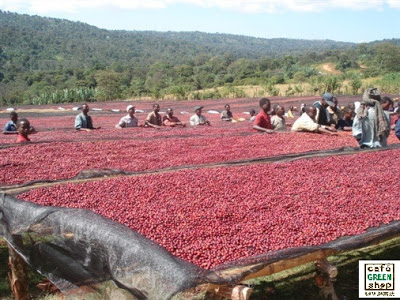
Limu and Djimmah producing areas
Located in western Ethiopia, Lim Coffee is the representative of washing treatment, while Gemma is a model of sun treatment, with a milder flavor than Sidamo and a wide variety of choices.
Harrar producing area
Ethiopian coffee is mostly produced in the west and south, while Hara is one of the few coffee produced in the east. The climate of this region is mainly hot and dry desert climate, so the coffee flavor is quite unique. The Arabica coffee produced here is the oldest kind of coffee in the world and is mainly grown on its eastern plateau. After washing and sun-drying, farmers hand-select the best quality raw beans for sale.
Important Notice :
前街咖啡 FrontStreet Coffee has moved to new addredd:
FrontStreet Coffee Address: 315,Donghua East Road,GuangZhou
Tel:020 38364473
- Prev
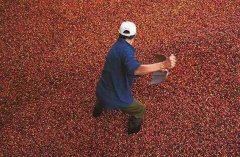
Introduction to the output of Coffee trees in Carmen Manor, Panama
Carmen Manor Coffee is a coffee estate dominated by the family. The family has long grown coffee under the principle of providing high-quality coffee and protecting the environment. Efrain and Carmen Franceschi began to cultivate Arabica coffee varieties on their estate in 1950. Today, Carmen Manor's single treatment plant produces about 1200 bags (60 kg each) of unique high-quality coffee per year.
- Next
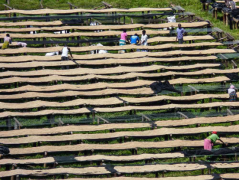
Introduction and description of Hambela Manor Coffee Flavor by Buku Able Viaduct Solar method
Buku Able elevated tanning-Hambela Manor Buku Able refers to cherry collection stations located in different areas of the farm. Hambela is located on the border between the Sidama and Guji areas in southern Ethiopia. In the past 20 years, regional boundaries have been redrawn several times, and the names of regions and communities have changed many times (due to non-standardized transliteration of local languages
Related
- Does Rose Summer choose Blue, Green or Red? Detailed explanation of Rose Summer Coffee plots and Classification in Panamanian Jade Manor
- What is the difference between the origin, producing area, processing plant, cooperative and manor of coffee beans?
- How fine does the espresso powder fit? how to grind the espresso?
- Sca coffee roasting degree color card coffee roasting degree 8 roasting color values what do you mean?
- The practice of lattes: how to make lattes at home
- Introduction to Indonesian Fine Coffee beans-- Java Coffee producing area of Indonesian Arabica Coffee
- How much will the flavor of light and medium roasted rose summer be expressed? What baking level is rose summer suitable for?
- Introduction to the characteristics of washing, sun-drying or wet-planing coffee commonly used in Mantenin, Indonesia
- Price characteristics of Arabica Coffee Bean Starbucks introduction to Manning Coffee Bean Taste producing area Variety Manor
- What is the authentic Yega flavor? What are the flavor characteristics of the really excellent Yejasuffi coffee beans?

